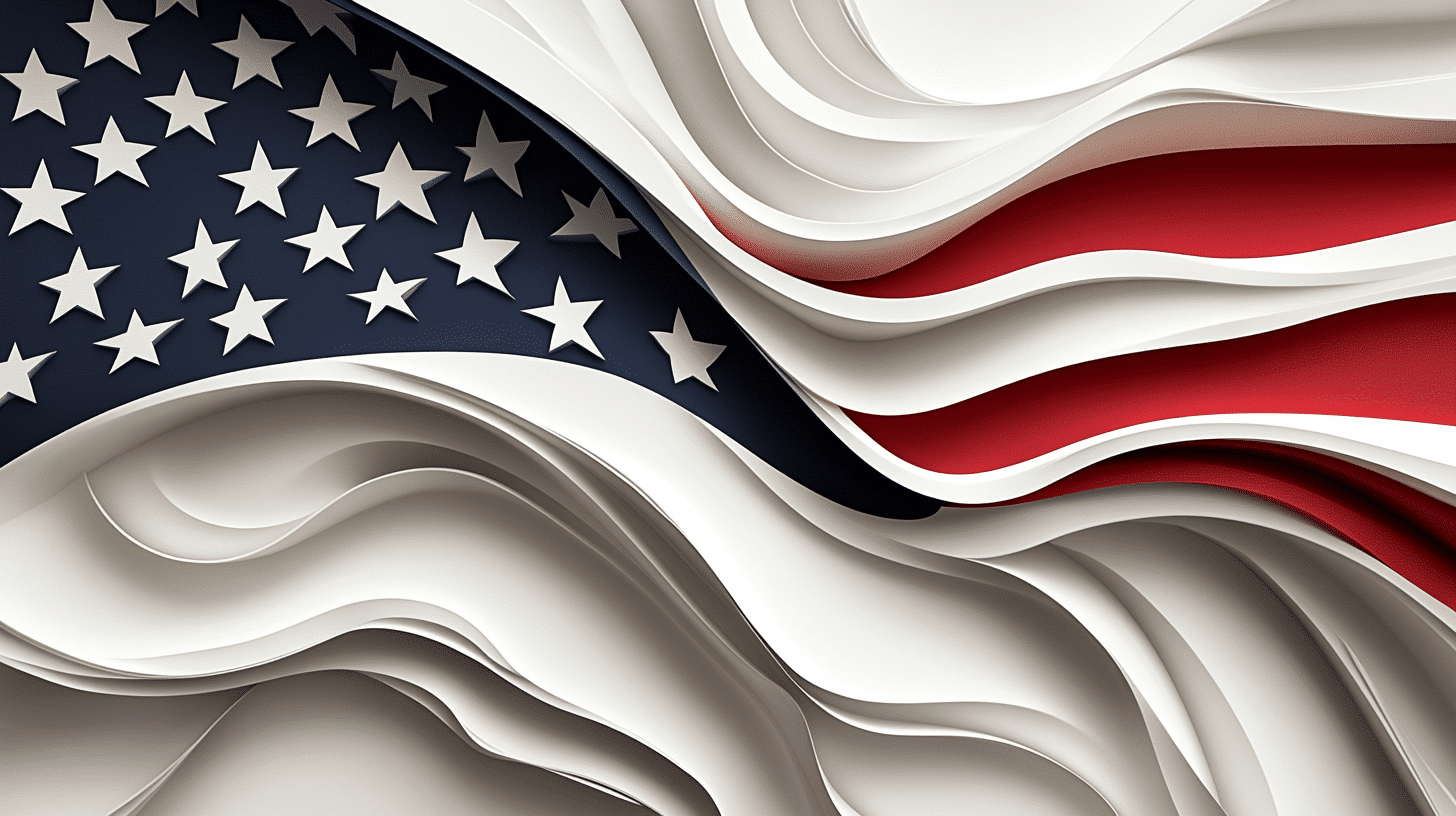What is Indigenous Peoples’ Day?
Indigenous Peoples’ Day is a holiday in the United States celebrated on the second Monday of October, as an alternative to Columbus Day. It honors the history, culture, and contributions of Native American peoples, shifting the focus away from the European colonization narrative traditionally associated with Columbus Day. Indigenous Peoples’ Day acknowledges the resilience and survival of Indigenous communities despite centuries of colonization and oppression.
The day has become an important platform for raising awareness about Native American histories and addressing the historical injustices faced by Indigenous peoples. Many cities, states, and institutions now officially recognize Indigenous Peoples’ Day, promoting education, reflection, and celebration of Indigenous cultures.
History and Origin
The idea for Indigenous Peoples’ Day originated in 1977 during a United Nations-sponsored conference on discrimination against Indigenous populations in the Americas. It was seen as a way to counter the Eurocentric celebration of Columbus’ “discovery” of the Americas, which many view as the starting point of colonization, displacement, and violence against Native populations. South Dakota was the first state to officially recognize the holiday in 1989, naming it “Native American Day.”
Over time, more cities and states adopted the holiday, with Berkeley, California, leading the way in 1992. Since then, the movement has grown, with various Indigenous activists pushing for national recognition. Today, Indigenous Peoples’ Day provides an opportunity for all Americans to reflect on the legacy of colonization and celebrate Indigenous culture, history, and contributions.
Who Celebrates Indigenous Peoples’ Day?
- Indigenous Communities: Native American tribes and communities often lead the celebrations, organizing cultural events and educational initiatives.
- Cities and States: Numerous U.S. cities and states have adopted Indigenous Peoples’ Day, including Alaska, New Mexico, Maine, and Washington, D.C.
- Schools and Universities: Educational institutions use the day to teach students about Native American history and contemporary issues affecting Indigenous peoples.
- Activists and Advocates: Social justice groups and advocates for Indigenous rights host events, protests, and seminars to highlight Indigenous issues.
- General Public: More people are embracing the day as an opportunity to learn about Indigenous cultures and reflect on the impact of colonization.
Slogans and Themes
The slogans and themes of Indigenous Peoples’ Day emphasize resilience, cultural pride, and historical recognition. “Honor Native Land,” “Celebrating Indigenous Cultures,” and “Indigenous Sovereignty Now” are common phrases that capture the essence of the holiday. The focus is on reclaiming narratives, acknowledging historical injustices, and uplifting Indigenous voices. Themes often center around decolonization, land rights, cultural preservation, and the importance of recognizing Indigenous sovereignty.
Colors, Symbols, and Patterns
- Colors:
- Red, representing strength and the blood of ancestors who fought for survival.
- Yellow, symbolizing the sun and life in many Indigenous cultures.
- Black and white, often representing the balance of life and traditional worldviews of many Indigenous peoples.
- Symbols:
- Feathers, representing spirituality, freedom, and connection to the earth.
- Turtle, a symbol of Turtle Island, the Indigenous name for North America in some Native traditions.
- Circle, symbolizing unity, cycles of life, and community.
- Patterns:
- Geometric motifs, often seen in traditional Native American art and beadwork.
- Animal representations, such as eagles, bears, and wolves, which hold spiritual significance in many tribes.
- Weaving patterns, reflecting Indigenous craftsmanship and cultural traditions.
Most Used Hashtags
- #IndigenousPeoplesDay
- #HonorNativeLand
- #Decolonize
- #NativeHistory
- #IndigenousRights
- #IndigenousCulture
How to Celebrate Indigenous Peoples’ Day
- Attend Cultural Events: Many cities and Indigenous communities host events like powwows, storytelling sessions, and performances to celebrate Native cultures.
- Learn About Indigenous History: Use the day to educate yourself about the history and present-day issues affecting Native American tribes through books, documentaries, and lectures.
- Support Indigenous Businesses: Buy from Indigenous artisans, businesses, and creators to support Native communities economically.
- Participate in Land Acknowledgments: Begin gatherings or personal reflections with a land acknowledgment to recognize the Indigenous peoples whose land you reside on.
- Advocate for Indigenous Rights: Join efforts to push for policies and actions that support Indigenous sovereignty, land rights, and cultural preservation.
Indigenous Peoples’ Day offers a powerful opportunity to shift perspectives and foster greater respect for Native cultures. By celebrating the resilience and contributions of Indigenous peoples, we take steps toward healing historical wounds and building a more inclusive future. Let’s honor Native lands and elevate Indigenous voices!
Features
Second Monday of October: Indigenous People’s Day
Why do you keep falling for the same type?
Read the article Lovemaps: the hidden blueprint of our love.

